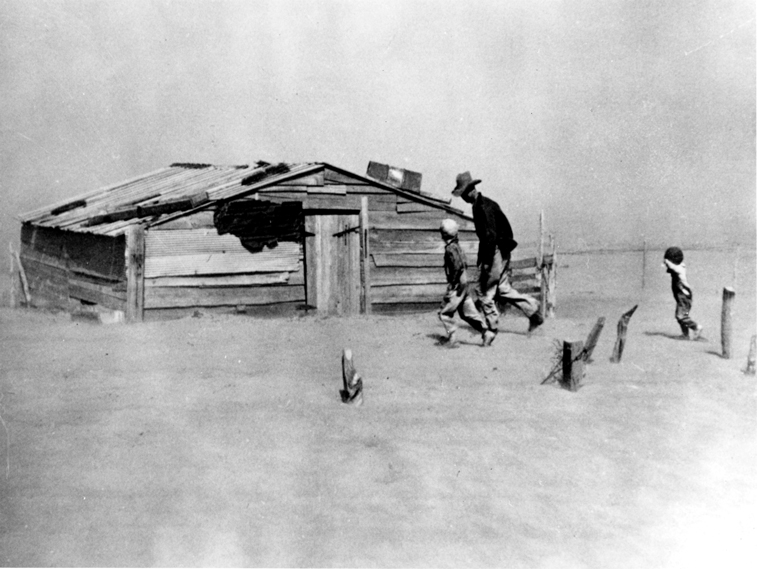Your Camera- A Tool, Not A Jewel
By Arthur H. Bleich–
For those of you who are not professionals and take pictures for the love of it, technology is your most formidable opponent. Digital cameras have far too many features for you to become comfortable with, especially if you don’t (and I know you don’t) shoot a couple of hundred pictures a day. Film cameras, on the other hand, had relatively few features which made it very easy to take pictures instead of wasting time on button pressing and menu diving.
I met Marc Riboud, the now-legendary French photojournalist, years ago when both of us were shooting in the small Arctic village of Kotzebue, Alaska. We were on assignment for different magazines and we each had state-of-the-art film cameras. But both of us had turned them into virtual point-and-shoots so we could concentrate on capturing the images we needed. We were shooting Tri-X, a black and white film that would be push-processed to an ASA (ISO) of 1200. And yes, some pictures would be grainy, but the resulting smaller apertures and/or higher shutter speeds meant they’d be in focus and not blurred.
We pre-set distances on the focusing ring so that everything that needed to be sharp would be– without us having to waste time constantly turning the ring to focus (remember, no auto-focus then). We’d take a light meter reading (no auto-exposure, either) and then manually bracket exposures under difficult lighting conditions. We essentially cut the amount of fiddling around with camera controls to a minimum so we could concentrate on our picture making, and the resulting images showed it.
The point of this reminiscence is to encourage you to look at your camera the same way you’d look at a hammer. It’s just a tool, the picture’s the thing. As the saying goes: “You have to break a few eggs to make an omelet.” Professionals have a great deal of respect for their cameras; nevertheless if a few dings are required to get the shot, well, you can always buy another camera, but if you lose a great picture, it’s gone forever.
When the front element of his expensive lenses sometimes frosted up, Riboud would impatiently wipe them off with a leather-gloved finger so he could get his picture. The glass looked like it had had been acid-etched with a spider web. At the time, that was a bit much for me, and I protested but Riboud laughed: “Makes no difference, I got the picture. The scratches don’t show.”
Of course, there’s nothing wrong with having a jewel-of-a-camera if you take control of it and not the other way around. To begin with, set it to “Program” and shoot away. Over 95% of your pictures will come out just fine in this semi-automatic mode. Then, hike up the ISO, noise be damned. You’ll be able to shoot at higher shutter speeds to stop more action and get images with greater depth of field. And guess what? You’ll never notice the artifacts unless you blow your pictures up to some insane size which you can’t do anyway with the printer you own.
Finally, take your camera out in bad weather to capture some unusual images. Most photographers never use their cameras in rain, snow or dust so you’ll be able to come back with pictures they’d never get. Remember, the more beat-up your camera looks, the more you’ve been using it as the right tool to get the right stuff. Carry it around with pride. It shows you’re serious about photography.

If Arthur Rothstein had worried about ruining his camera, this iconic image of a 1936 killer dust bowl storm in Oklahoma might never have been taken. Library of Congress Photo.
Original Publication Date: December 23, 2013
Article Last updated: December 23, 2013
Related Posts and Information
Categories
About Photographers
Announcements
Back to Basics
Books and Videos
Cards and Calendars
Commentary
Contests
Displaying Images
Editing for Print
Events
Favorite Photo Locations
Featured Software
Free Stuff
Handy Hardware
How-To-Do-It
Imaging
Inks and Papers
Marketing Images
Monitors
Odds and Ends
Photo Gear and Services
Photo History
Photography
Printer Reviews
Printing
Printing Project Ideas
Red River Paper
Red River Paper Pro
RRP Products
Scanners and Scanning
Success on Paper
Techniques
Techniques
Tips and Tricks
Webinars
Words from the Web
Workshops and Exhibits
all
Archives
January, 2025
December, 2024
November, 2024
October, 2024
September, 2024
August, 2024
July, 2024
June, 2024
May, 2024
more archive dates
archive article list




